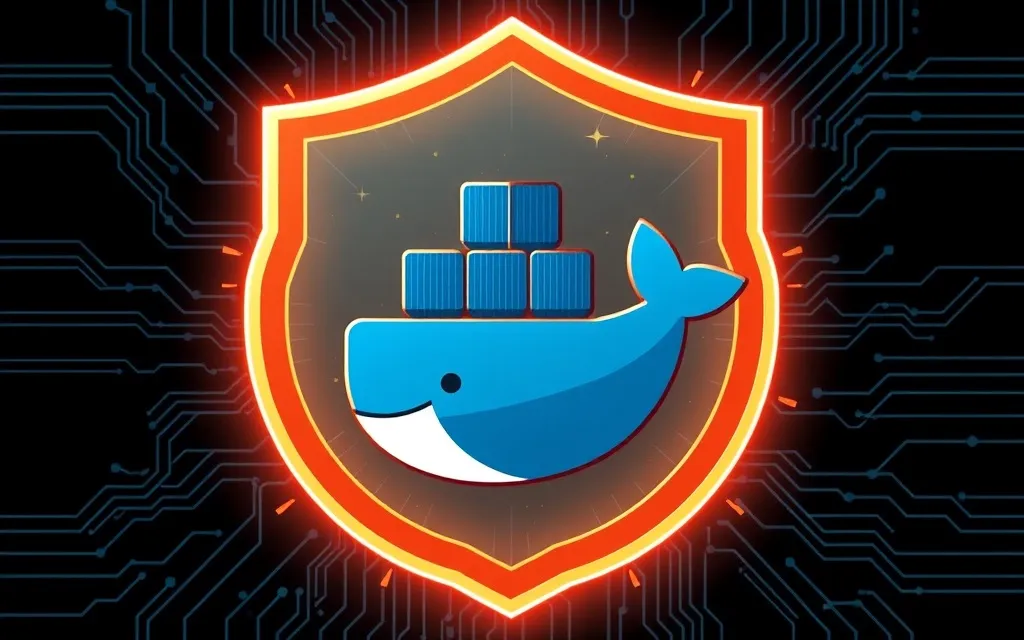
Docker has transformed application development and deployment with its streamlined approach to containerization. However, its widespread adoption has also attracted cybercriminals intent on exploiting its vulnerabilities. This article delves into essential strategies for securing Docker environments against cryptojacking and malware attacks, ensuring your systems remain resilient and secure.
The Rising Tide of Docker-Based Threats
In recent times, cybercriminals have increasingly targeted Docker remote API servers to launch attacks. These servers are often exploited to deploy malicious software such as the perfctl malware and cryptocurrency miners like SRBMiner. Attackers craft containers that appear legitimate but operate in privileged modes, allowing them to interact with host systems and evade detection. This poses a significant threat to the security of containerized environments.
Cryptojacking and Malware: The Double-Edged Sword
Cryptojacking involves the unauthorized use of computing resources to mine cryptocurrencies, often achieved by exploiting misconfigured Docker APIs. Malware attacks, meanwhile, involve deploying harmful software to compromise systems, steal sensitive data, or establish backdoors for future exploits. Both attack types can severely undermine the integrity of Docker environments.
Essential Docker Security Measures
Protecting Docker environments requires a comprehensive approach to security. Here are key practices to adopt:
Secure Docker Remote API Servers: If the Docker remote API is unnecessary, disable it. If needed, secure it with strong authentication and access controls, and vigilantly monitor for unauthorized activities.
Limit Privileged Mode Usage: Avoid running containers in privileged mode unless absolutely necessary, as this grants them extensive access to host systems, heightening exploitation risks.
Stay Updated: Regularly update Docker and its components to patch vulnerabilities and mitigate potential exploits.
Enforce Strong Access Controls: Implement role-based access controls (RBAC) to restrict Docker environment access, ensuring only authorized personnel can manage and deploy containers.
Monitor and Audit: Conduct regular security audits and implement monitoring solutions to detect unusual activities and respond swiftly to threats.
Adopt Container Security Best Practices: Use minimal base images, scan images for vulnerabilities, and employ network segmentation to limit container communication.
Defending Against Cryptojacking
Specific measures can help shield Docker from cryptojacking:
Strengthen Network Security: Use firewalls and intrusion detection systems to monitor and block unauthorized access attempts.
Resource Monitoring: Keep an eye on resource usage to detect anomalies, such as unexpected spikes in CPU or memory usage, indicative of cryptojacking.
Develop an Incident Response Plan: Be prepared to swiftly address cryptojacking incidents by identifying, isolating, and removing malicious containers.
Proactive Malware Prevention Tactics
Preventing malware attacks on Docker involves proactive security measures:
Regular Image Scanning: Continuously scan Docker images for vulnerabilities and malware signatures. Rely on trusted image registries to minimize the risk of compromised images.
Implement Security Policies: Use tools like Docker Bench for Security to enforce security best practices and compliance requirements, ensuring a robust security posture.
Educate and Train Your Team: Raise awareness about Docker-related risks and the importance of adhering to security best practices through regular training sessions.
Looking Ahead: The Future of Docker Security
As Docker remains integral to modern application development, securing these environments against cryptojacking and malware is crucial. By implementing these recommended security measures and staying informed about emerging threats, organizations can fortify their containerized applications. How are you securing your Docker deployments? Share your experiences or challenges, and let's continue the conversation about keeping our digital environments safe.

